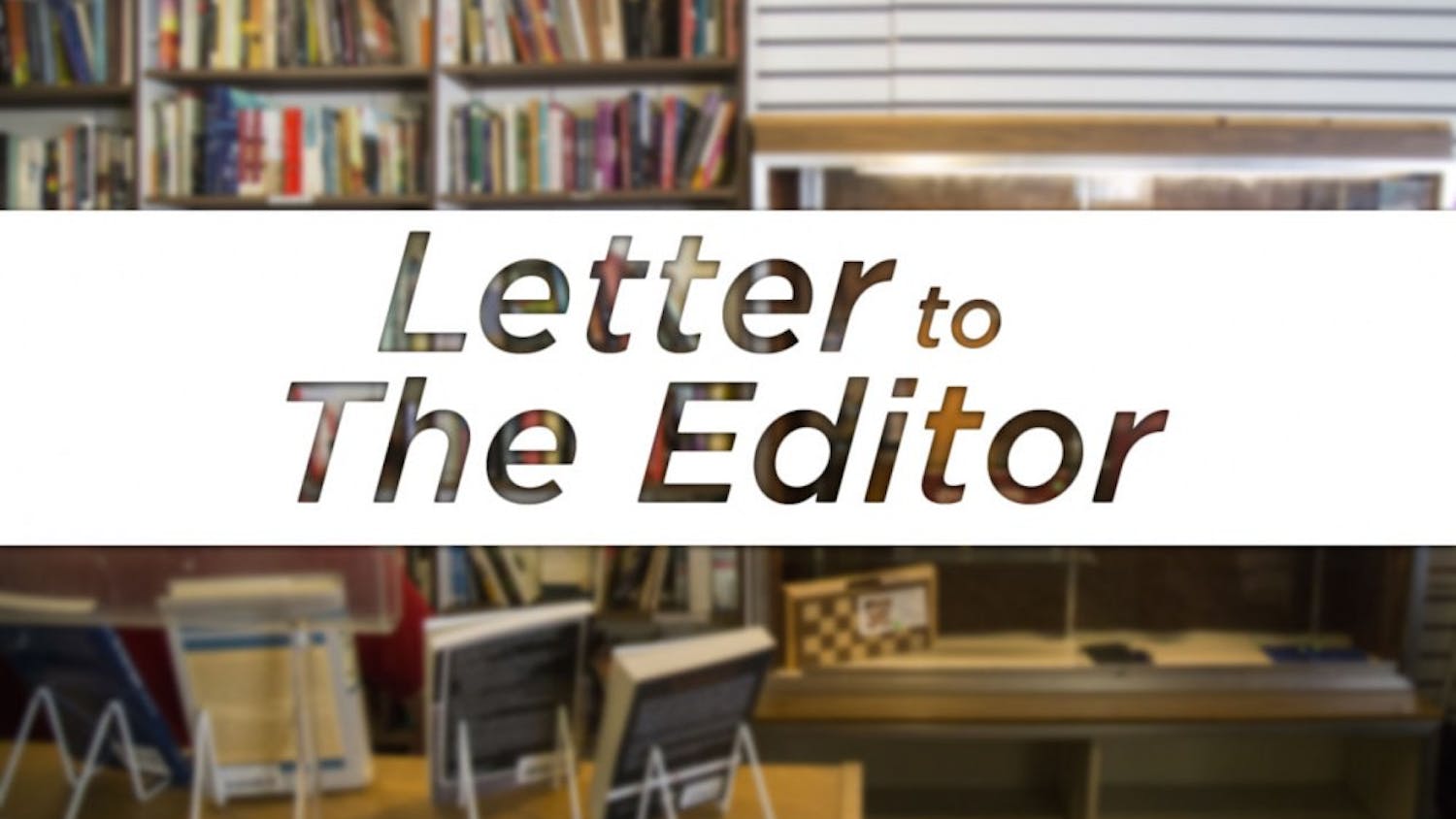The second decade of the new millennium has brought many new musical trends. Trap music emerged from the hip-hop underground to prom night dance floors everywhere, and surf rock made a west coast comeback into the hearts and minds of us all (e.g. Wavves, Fidlar, No Age, Best Coast, etc). Hell, even Weezer put out a decent album for a change.
Yet one of the most fascinating — and seemingly random — sonic trends of the 2010s is the reincorporation of saxophone into chart-topping pop music. Not since the 1980s has the shiny brass instrument picked up so much traction with the cadre of hit-makers in the commercial music industry. Since Jason Derulo could not be reached for comment, I’ll take a crack at explaining this one on my own.
Invented in 1840 by Adolphe Sax, the saxophone rose to prominence in classical music and later jazz — a genre most closely associated with the single-reed woodwind. Many jazz greats possessed a mastery of the instrument in between scoring fixes and giving dirty looks at the drummer (“This isn’t experimental timing, Chester!”). Charlie Parker, John Coltrane and Sonny Rollins are some of the best examples of the utilization of the instrument to its artistic zenith. But could you ever imagine any of them playing in an Ariana Grande studio session?
It seems pop music is stealing from the 1980s. Today, the genre and its producers — who, let’s face it, are the real people behind the hits — are developing a fond nostalgia for the 1980s when saxophone reigned supreme on the radio.
Dozens and dozens of pop standards from the ’80s, such as INXS’s “Never Tear Us Apart,” Men At Work’s “Who Can It Be Now,” LL Cool J’s “Going Back to Cali” and Springsteen’s “Jungleland,” all featured heavy use, the last of which may be the most popular rock song featuring a saxophone ever, giving Pink Floyd’s “Money” a run for its … well, money. Even ’80s punk rock — a deviant’s genre with a great distaste for instrumental deviation — incorporated saxophone with songs like Fear’s “New York’s Alright If You Like Saxophones.” Later, punk-act NOFX, which formed in the mid-’80s, would also include saxophone in many of its songs, including 2009’s “I Am an Alcoholic.”
Fast-forwarding through the grungy, detuned sound of the ’90s and the bubblegum essence of the early-2000s Britney Spears era, some of this current decade’s biggest songs are using catchy saxophone and saxophone samples to either back their hooks or provide a catchy filler (many times arranged to the style of trap music).
Macklemore’s 2012 anti-consumerist hit, “Thrift Shop” was arguably the catalyst to this trend, along with the catalyst to a haircut trend that’s 3edgy5me. The single’s massive success — it went 7x platinum, which is 7x more platinum than I will ever have — most likely led to big-name producers realizing that a single sax sample could tie a whole song together (Big Lebowski, much?). Everyone knows that an older sample can act as the basis to any successful tune but a saxophone sample? It makes people want to dance. It puts the dance back in dance music. The jazzy full spectrum sound is able to stand on its own or be thrown into the mix to give a track that certain brass flavor that makes us endure Ryan Seacrest’s ramblings each Sunday morning.
Following the success of “Thrift Shop,” many other artists hopped on the proverbial bandwagon loaded with saxophones down in the baggage hold (along with my cell phone which I accidently left in there when I was packing).
Before Macklemore, Lady Gaga made room for a saxophone solo on “Edge of Glory,” played by the late Clarence Clemons of The E Street Band, causing people to start to notice the woodwind before it was poppin’ tags. Katy Perry also used a sax solo pre-Macklemore on 2010’s “Last Friday Night (T.G.I.F.),” played by Kenny G. So the reemergence of the instrument had been floating around some time before 2013 and 2014’s saxophone renaissance.
Jason Derulo released “Talk Dirty” in late 2013, which featured a lone saxophone as an interlude following the hook — easily the best part of the song. And in 2014, Ariana Grande dropped one of her biggest hits, “Problem,” which features a groovy sax riff.
Other recent but lesser-known examples include Childish Gambino’s 2013 song “Worldstar,” and M83’s 2011 late-night-driving jam “Midnight City,” which features a prominent sax solo as an outro.
But with all this in mind, the real question is: will saxophone and saxophone samples continue to appear on the radio? Or are they just another musical fad like autotune? And if this trend continues, will musicians in 2030 bring back autotune to get that classic 2010s feel?
Despite its extensive use in the past, the future of saxophone in pop music is unknown. Everything in pop culture gets recycled eventually, but nowadays it seems like the process is moving much faster and “15 minutes of fame” has turned into 15 seconds.
Only time will tell if the lovable brass instrument claims a permanent place in the pop world or is thrown to the wayside like Robin Thicke or dancehall (I’m looking at you, Sean Paul. You cheated all of us by not making anything as good as “Temperature” and for that, I will never forgive you).
Whatever happens, I’m interested to see what other instruments are pushed into stardom. My fingers are crossed for a tuba trap song to drop within the next year.





